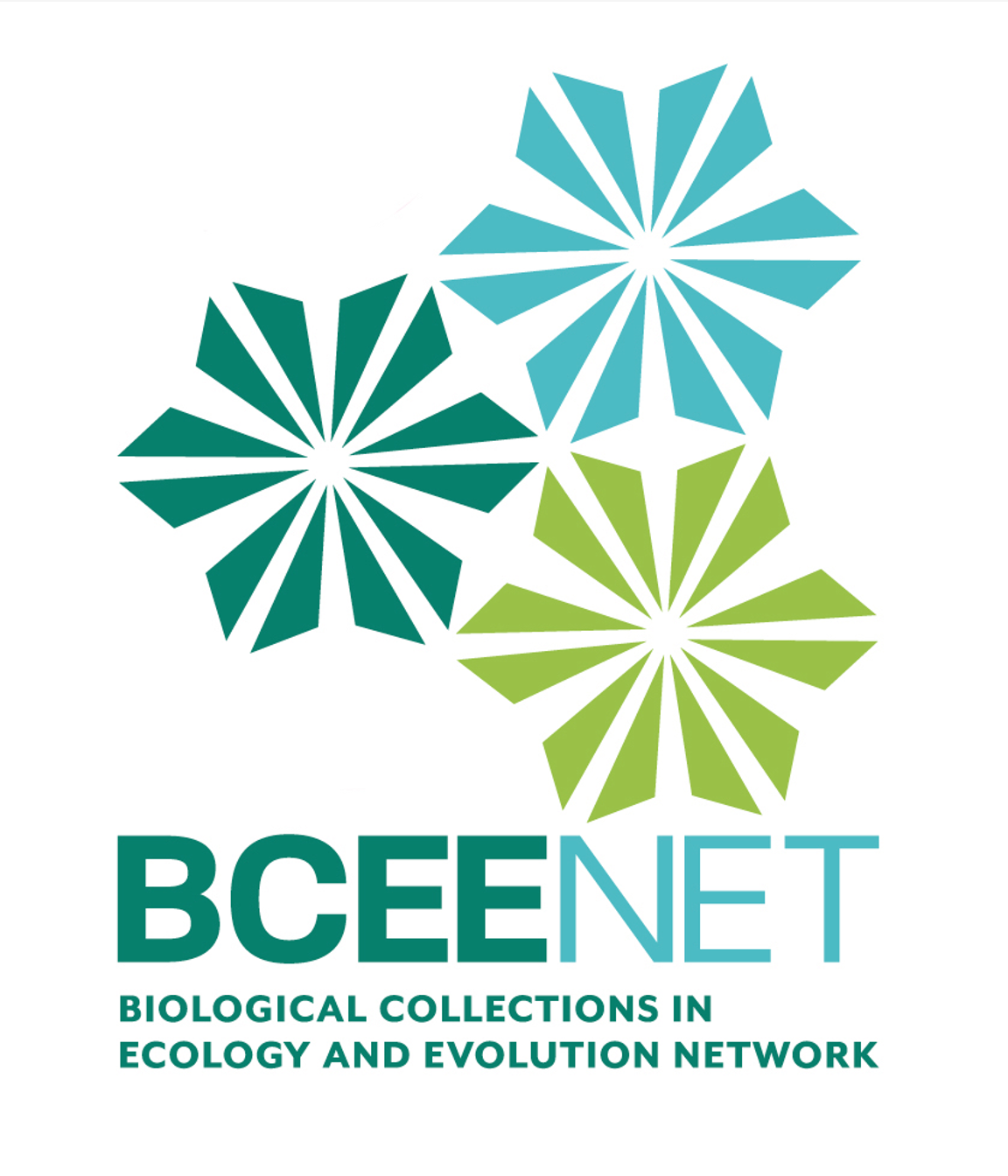Mapping Specimen Occurrence Data in QGIS
Author(s): Cecily Bronson
395 total view(s), 173 download(s)
MappingSpecimenDataQGIS_2023.pdf(PDF | 1 MB)
MappingSpecimenData_Extension_SelectingResearchSpecimens.pdf(PDF | 679 KB)
Castor_canadensis.csv(CSV | 58 KB)
- Raw GBIF Occurrence Data
- License terms
Description
Abstract: The North American beaver, Castor canadensis, is the largest rodent in North America and was nearly hunted to extinction for its prized waterproof pelt in the 19th century. It has since recovered and can be found all over the United States. In this assignment, we will use digitized natural history collection occurrence data from the Global Biodiversity Information Facility (GBIF) to map the distribution of the beaver in the state of Oregon from 1800-2020. To map our data, we will use Quantum Geographic Information System (QGIS). QGIS is a free and open-source geographic information system that researchers use to visualize, edit, analyze, and publish geospatial data. Most specimens in natural history collections have location data associated, and we can use QGIS to map the specimens and investigate trends in the data.
Details: This is a 5 step activity that introduces students to the free and open source geographic information system QGIS. It can be used as a standalone resource or as part of the implementation of a BCEENET CURE. In this activity, students learn how to:
- Import digital natural history specimen data as a csv into QGIS
- Convert the csv to a shapefile
- Open the attribute table
- Symbolize data using an attribute
- Create a basic map and export it as a jpg or pdf
Note: There is also an optional extension provided for Selecting Research Specimens using Occurrence Data in QGIS. Find the extension in a separate document provided above.
The data used in this assignment was downloaded from GBIF: GBIF.org (12 July 2020) GBIF Occurrence Download https://doi.org/10.15468/dl.tz46v3
This content was created by a member of BCEENET, Biological Collections in Ecology and Evolution Network, and funded by the National Science Foundation, under Grant No. 1920385 and Grant No. 2032158. Any opinions, findings, and conclusions or recommendations expressed in this material are those of the author and do not necessarily reflect the views of the National Science Foundation.
Cite this work
Researchers should cite this work as follows:
- Cecily Bronson (2023). Mapping Specimen Occurrence Data in QGIS. BCEENET- Biological Collections in Ecology & Evolution Network, (Version 2.0). QUBES Educational Resources. doi:10.25334/0W16-TW73
